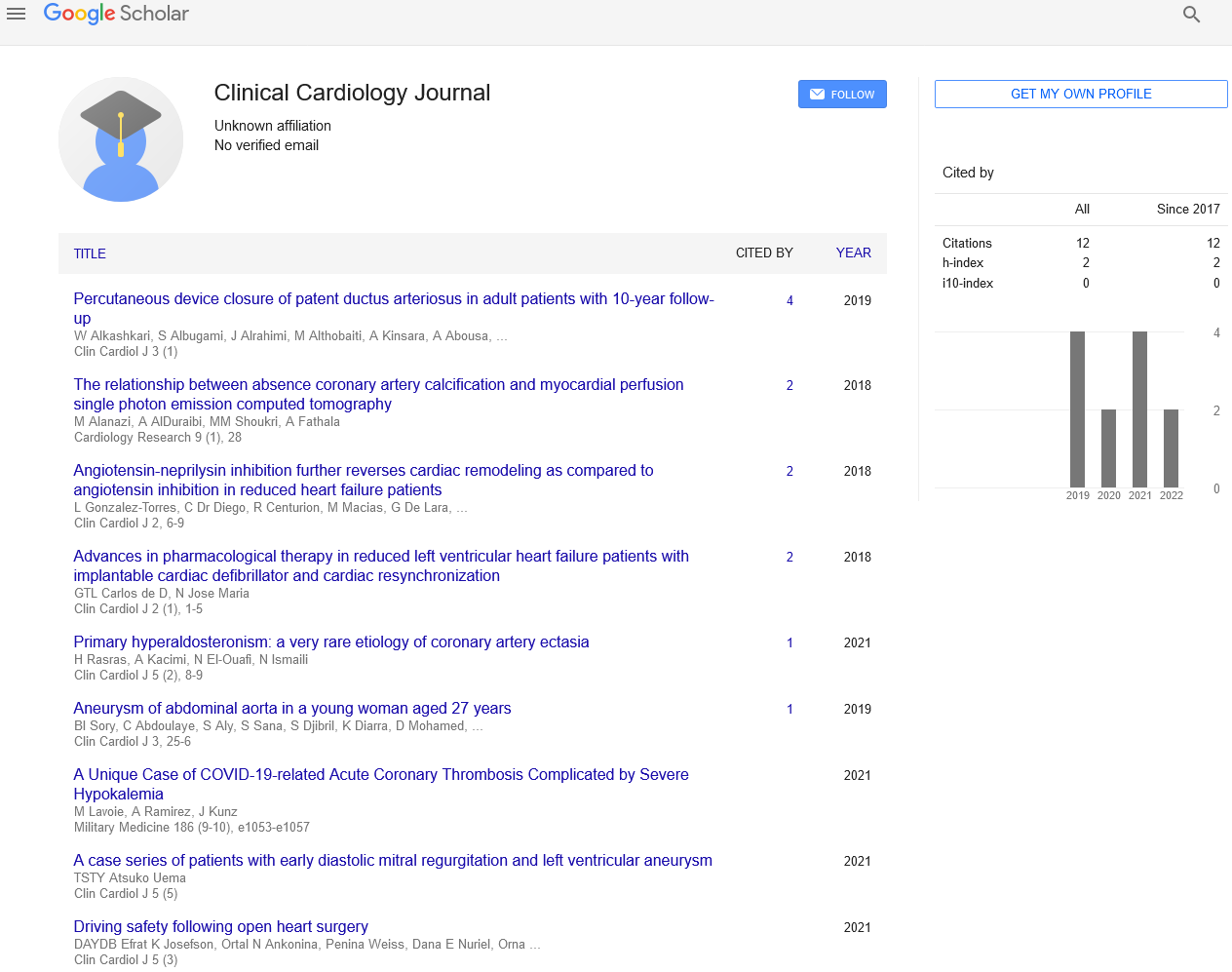The necessity of applying 3D printing technique to the preoperative evaluation of transcatheter aortic valve replacement: Re-analysis of 4 death cases
2 Department of General Surgery, No. 202 Hospital of People’s Liberation Army, Shenyang, Guangrong Road, Shenyang Liaoning, P.R. China
#Equally contribution
Received: 29-Sep-2018 Accepted Date: Oct 03, 2018; Published: 09-Oct-2018
Citation: Zhang H, Shen Y, Zhang L, et al. The necessity of applying 3D printing technique to the preoperative evaluation of transcatheter aortic valve replacement: Re-analysis of 4 death cases. Clin Cardiol J. 2018;2(1):15-18.
This open-access article is distributed under the terms of the Creative Commons Attribution Non-Commercial License (CC BY-NC) (http://creativecommons.org/licenses/by-nc/4.0/), which permits reuse, distribution and reproduction of the article, provided that the original work is properly cited and the reuse is restricted to noncommercial purposes. For commercial reuse, contact reprints@pulsus.com
Abstract
Transcatheter aortic valve replacement (TAVR) has already been used as a standard treatment for patients with symptomatic severe aortic stenosis (AS). Pre-procedural cardiac computed tomography (CT) is required to simulate the annulus sizing. However, limitations of CT should be highlighted: 1. The valve annulus structure could only be measured through the certain plane, three-dimensional structure is not fully reflected; 2. It cannot assess the situation after implantation, such as relative movement of calcification and annulus, and the changes of the coronary ostium direction and height; and 3. It cannot predict intraoperative and postoperative complications accurately. Three-dimensional (3D) printing could establish individualized anatomy models for pre-operative planning. This study aimed at determining whether 3D printed models could be used for predicting the complications which other pre-procedural imaging techniques failed to.





